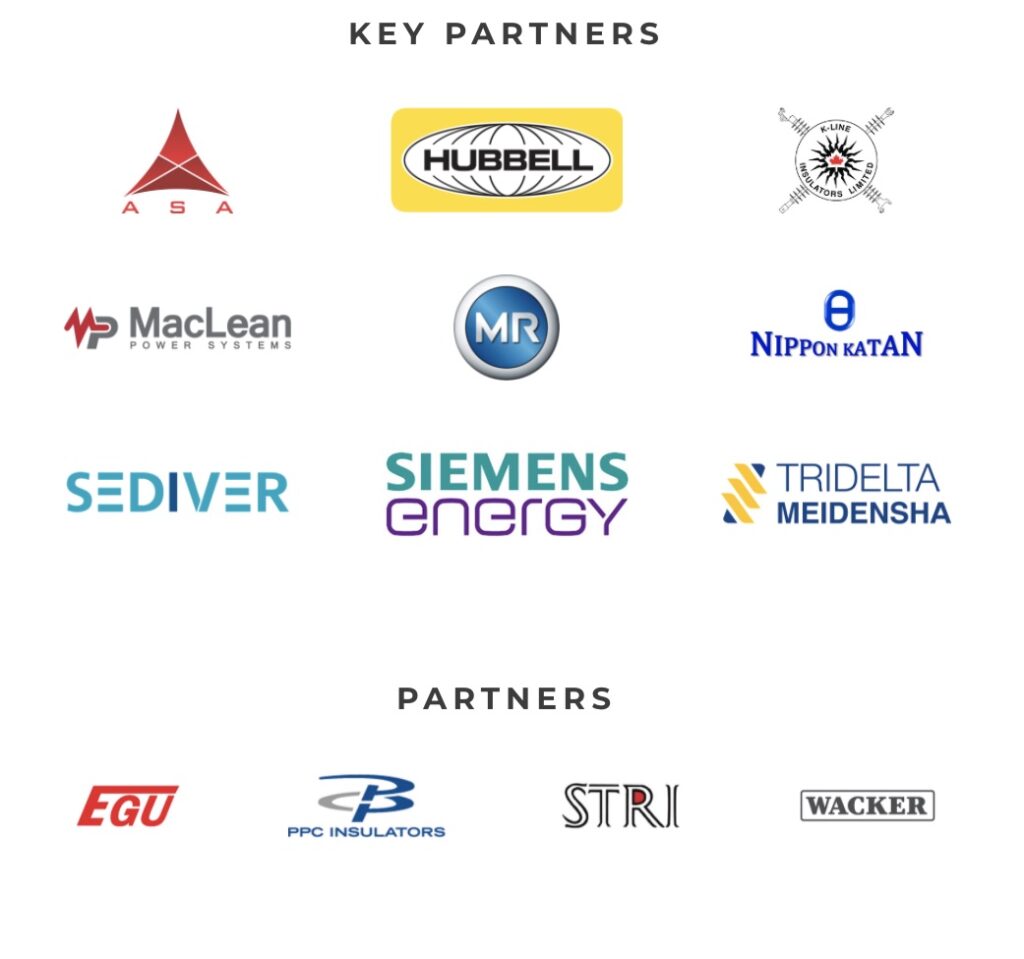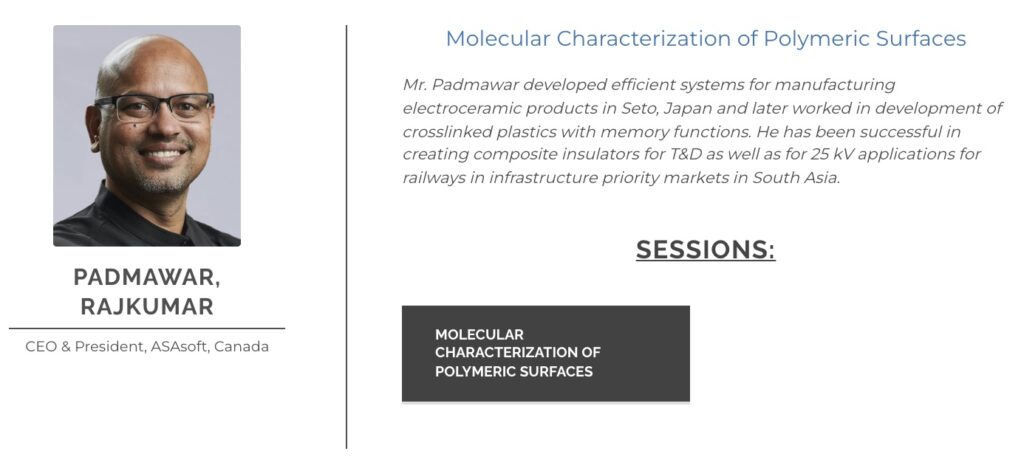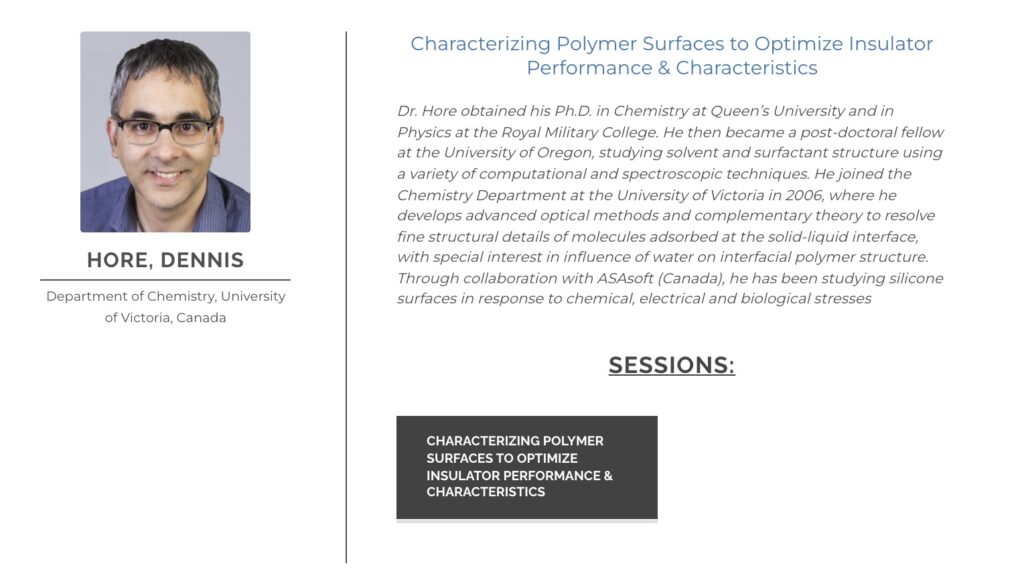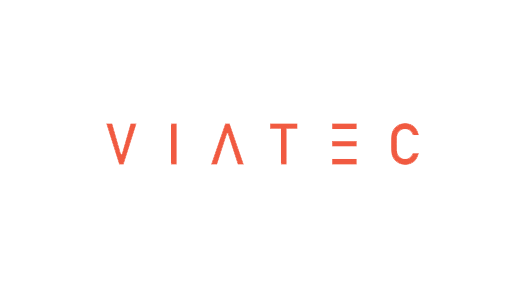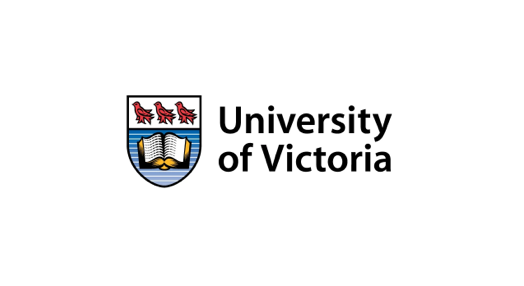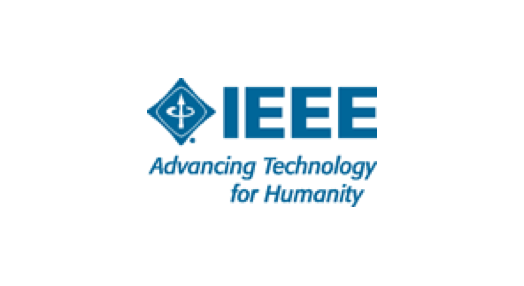
Similar Posts
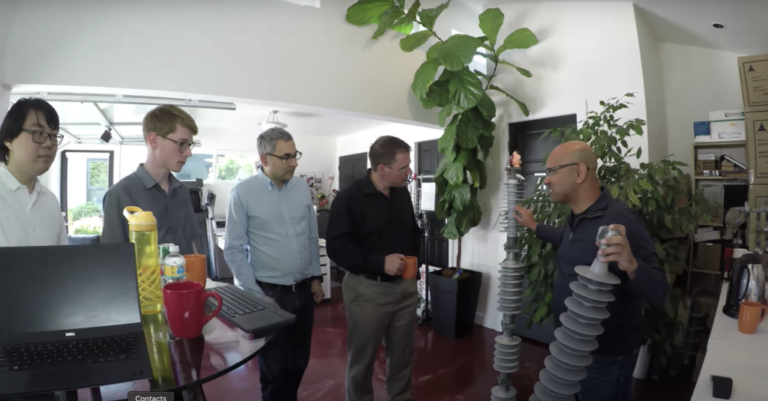
VIATEC Awards 2018: Innovative Excellence (Hardware)
Interviewee: Rajkumar Padmawar, President & CEO When – and how – was your company born?ASAsoft Consultants Co, a proprietary company, developed the innovative and disruptive Medium to High Voltage Lightweight Insulator technology and introduced it to South Asia, resulting in the creation of ASAsoft™ (Canada) Inc. ASAsoft™ was incorporated in 2013 as a privately held company…

Article: Design and Construction of an Advanced Tracking Wheel for Insulator Materials Testing
Authors: Harrison P. Fletcher, Andrew Macdonald, Chris Secord, Mark Lenckowski, Rajkumar Padmawar, Dennis K. Hore Journal: Canadian Journal of Electrical and Computer Engineering Publication Date: FALL 2020 Volume: 43, Issue: 4 On Page(s): 342-349 Print ISSN: 0840-8688 Online ISSN: 0840-8688 Digital Object Identifier: 10.1109/CJECE.2020.3005092 This account details the design and construction of a sophisticated tracking wheel for the…
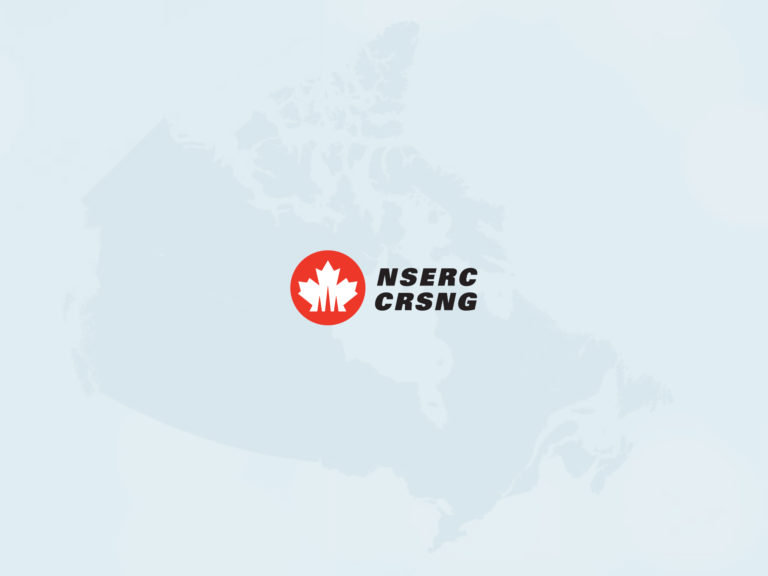
Surface Structural Characterization of Polymer Composite Insulators for Improved Weather Resistance
Award Summary: To date, testing of some materials such as silicone and EPDM (ethylene propylene diene monomer) rubbers has been carried out, and some general findings exist, but it remains to be understood how the materials respond to weathering under their electrical load. In this project, a combination of surface-specific spectroscopy, microscopy, and macroscopic measurements…
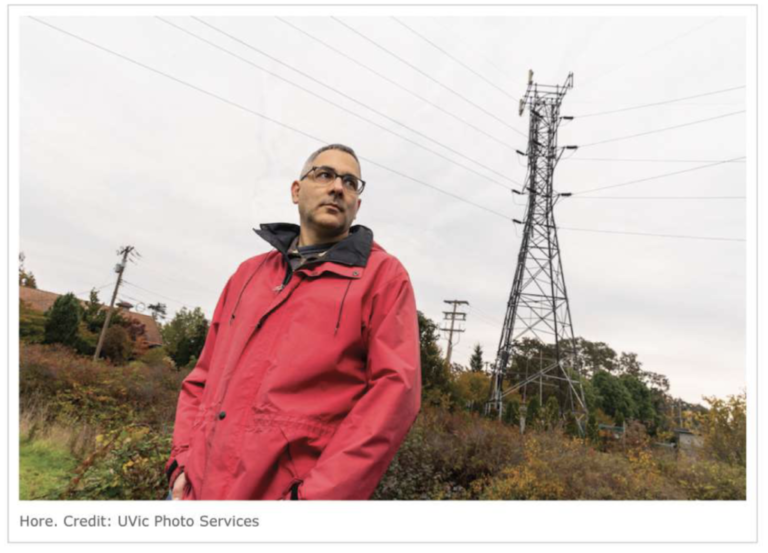

Tools development: Manufacturing lightweight composite insulators for electricity distribution and rail systems
Award Summary: Causes of electromagnetic noise in a wide range of frequencies, including the radio-frequency (RF) range used for Wi-Fi, cellphone, internet, radio and TV transmission. RF-disruption near power lines is currently a nuisance in many urban areas. Smart grids for more efficient energy usage, as well as roadway signalling and other city planning for the future rely on increasing rates of…

